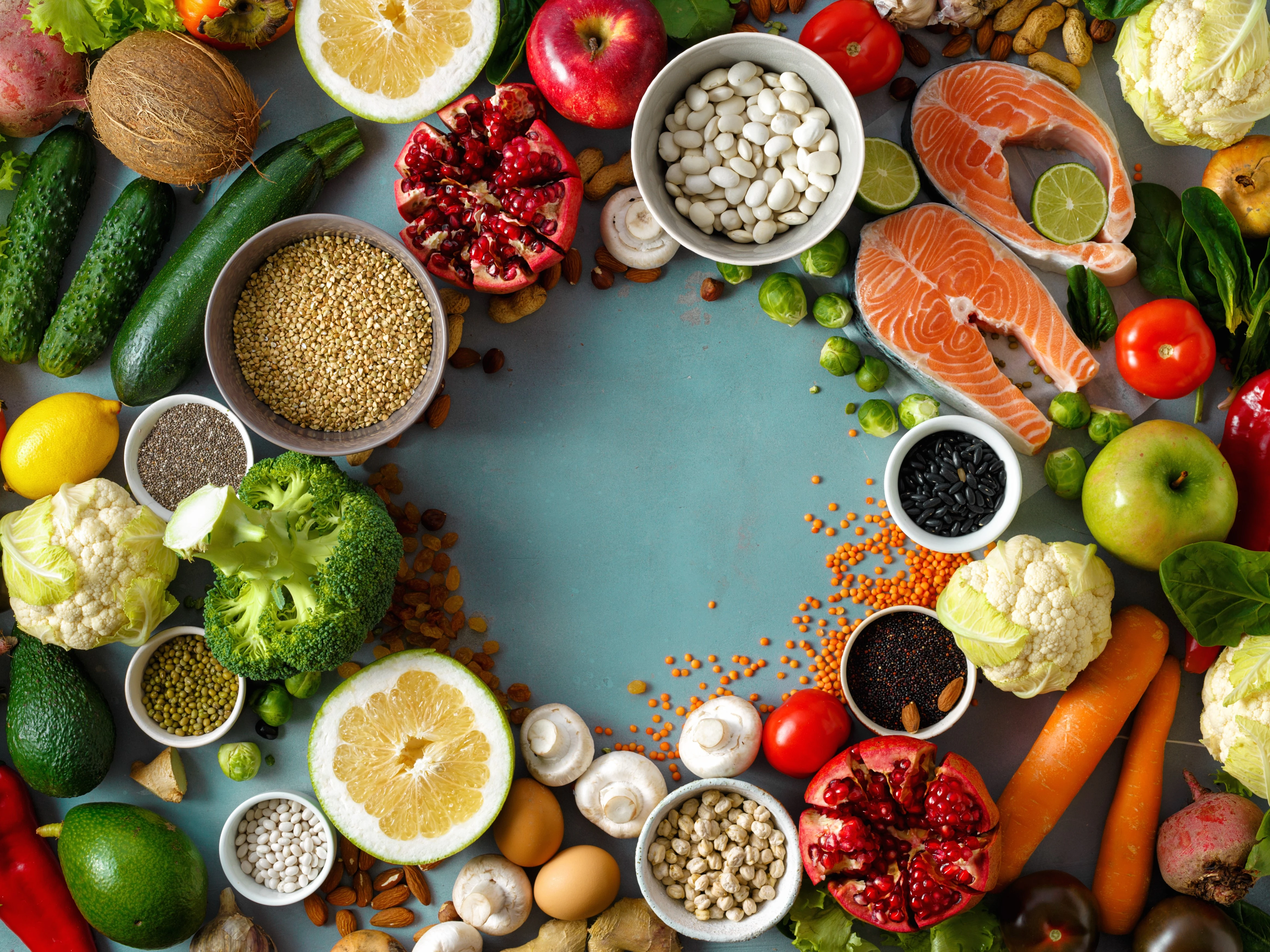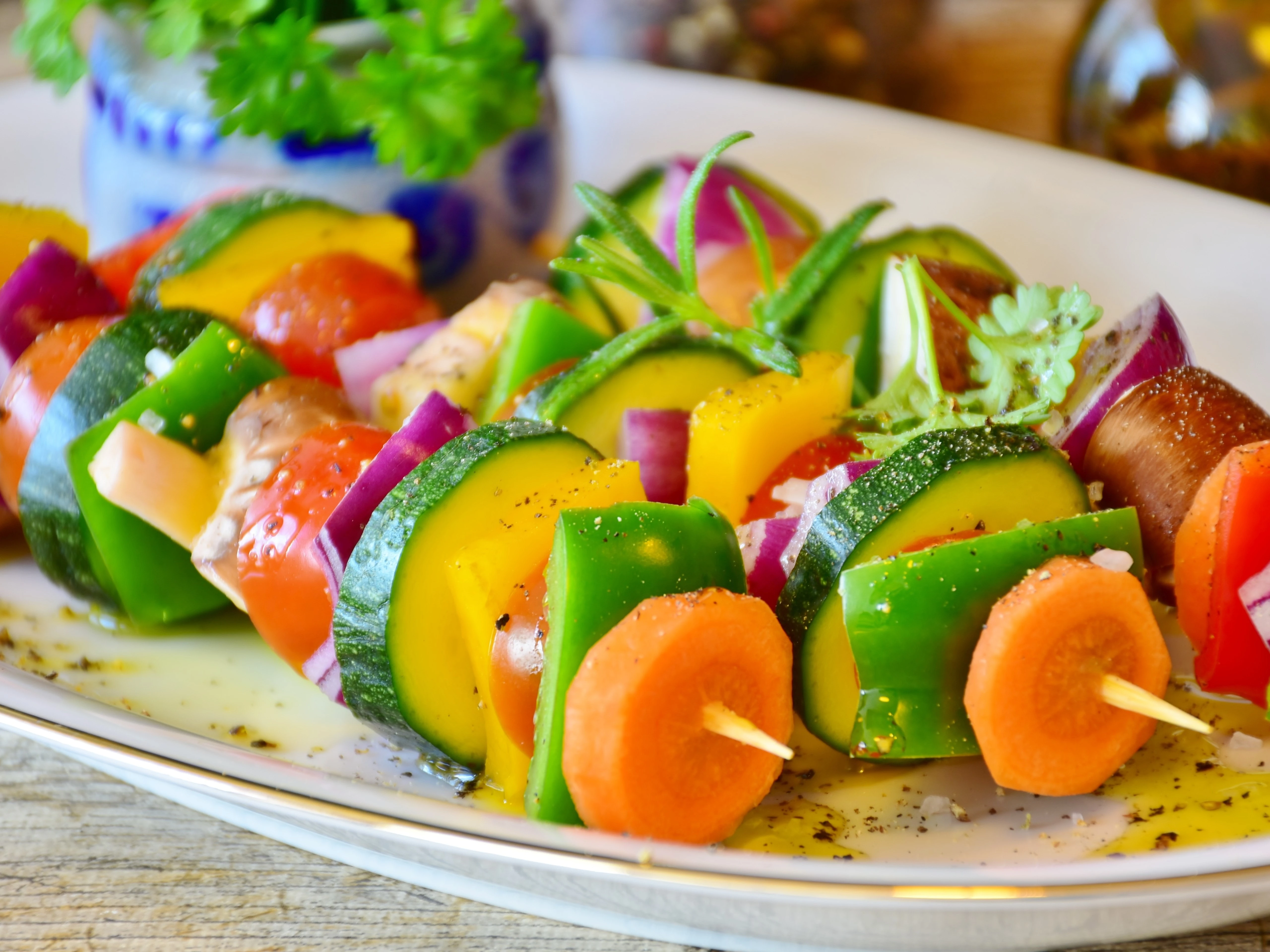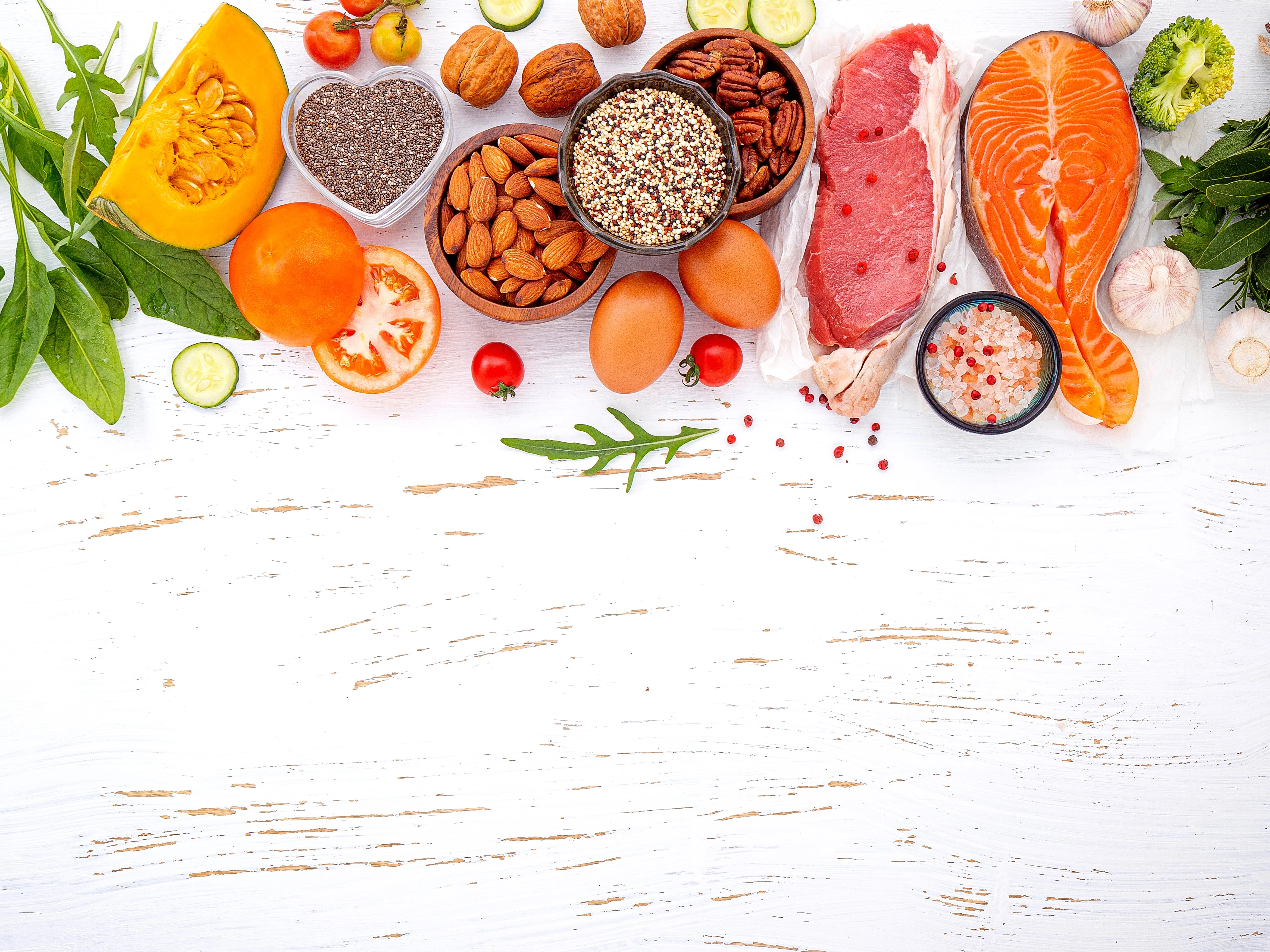
Diets as a lifestyle: top 5 long-term diets for health and weight loss
- Keto Diet
- Mediterranean Diet
- Intermittent Fasting
- Vegetarian Diet
- Paleo Diet

In the modern world, where each of us strives for a healthy lifestyle and ideal weight, choosing the right diet plays a key role.
Modern diets are not just weight loss programs but complete value systems that influence our food choices every day. For example, vegetarianism and veganism reflect ethical, ecological, and healthy principles, becoming a lifelong choice for many people. In this context, a diet becomes something more than a temporary measure; it becomes a way to express our care for ourselves and the world around us.
There are many dietary approaches, each promising not only to help you lose weight but also to improve overall health. But how do you determine which diet is right for you? In this article, we will explore the five most popular and effective diets of today, their core principles, benefits, and potential risks.
The Keto Diet is a low-carbohydrate, high-fat diet that involves a significant reduction in carbohydrate intake and replacing them with fats. This puts your body into a state of ketosis, where fat is used for energy instead of sugar.
Advantages: The main advantage of the keto diet is rapid weight loss. It can also improve blood sugar control and help manage certain neurological conditions.
Disadvantages: Some people may experience side effects such as headaches, fatigue, and constipation. There is also a risk of vitamin and mineral deficiencies due to a limited food choice.
🌿 Practical Tips: 🌿
✅ Allowed Foods:
⌠Forbidden Foods:

The Mediterranean Diet focuses on consuming products traditional to the Mediterranean countries. It mainly includes fruits, vegetables, whole grains, olive oil, fish, and moderate wine consumption.
Benefits: This diet is known for its benefits to the cardiovascular system and overall health, including reduced risk of developing heart disease and type 2 diabetes.
Drawbacks: A major drawback may be the higher cost of some recommended products, such as fresh seafood and quality olive oil.
🌿 Practical Tips: 🌿
✅ Permitted Foods:
⌠Prohibited Foods:

Intermittent fasting focuses more on meal timing than specific foods. This diet involves cycles of eating and fasting periods. The most popular methods are 16/8 (16 hours of fasting and 8 hours of eating) and 5:2 (five days of regular eating and two days of calorie restriction).
Benefits: Intermittent fasting may help with weight management and improve metabolic health. It can also increase energy levels and concentration.
Drawbacks: It can be challenging to follow long-term and may not be suitable for individuals with certain health conditions, such as diabetes.
🌿 Practical Tips: 🌿
✅ Recommended during eating periods:
⌠Avoid during eating periods:

Vegetarian diet excludes meat consumption but often includes other animal products like dairy and eggs, making it more flexible compared to veganism.
Benefits: Besides potential weight loss, a vegetarian diet can reduce the risk of chronic diseases and lower the carbon footprint.
Drawbacks: Vegetarians need to carefully manage their diet to avoid deficiencies in essential nutrients like vitamin B12, iron, and omega-3 fatty acids.
🌿 Practical Tips: 🌿
✅ Allowed Foods:
⌠Forbidden Foods:

Based on the assumption of the diet of our Paleolithic ancestors, the Paleo diet prefers foods that were available in the Paleolithic era, including game, fish, wild fruits and vegetables, as well as nuts and seeds, and excludes foods that became available to humans after the advent of agriculture and animal husbandry. These include potatoes, corn, and other agricultural crops that were domesticated much later in human history.
Supporters of the Paleo diet believe that our bodies have not fully adapted to such foods, and that they may contribute to inflammatory processes and other diseases.
Advantages: Can help with weight loss and improving insulin sensitivity. It also reduces inflammation and improves the quality of nutrition.
Disadvantages: It can be expensive and require significant dietary changes, and excluding whole food groups can lead to deficiencies in certain nutrients.
🌿 Practical Tips: 🌿
✅ Allowed Foods:
⌠Prohibited Foods:
Choosing a diet is an important and responsible decision that can affect not only your appearance but also your overall health. There is no one-size-fits-all diet suitable for everyone. It is important to consider the individual characteristics of your body and lifestyle, as well as consult with specialists before starting any diet. We hope that the information provided will help you make an informed choice in favor of health and well-being.
Result (48):